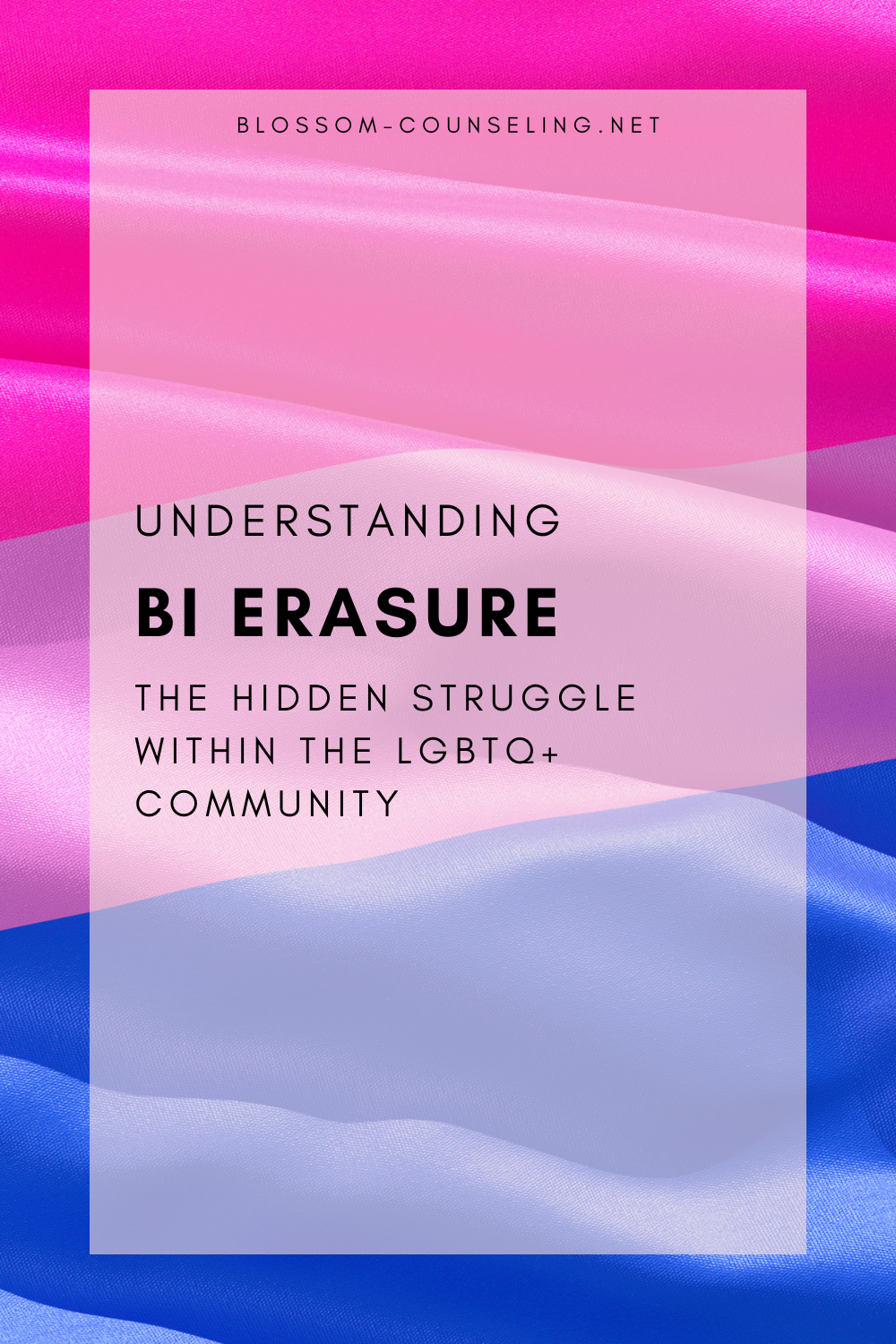
In the vibrant spectrum of the LGBTQ+ community, bisexuality occupies a unique space, colored by both visibility and invisibility. Bi erasure, a prevalent issue within both the heterosexual and LGBTQ+ circles, involves the dismissal or denial of bisexuality’s legitimacy as a true orientation. This phenomenon not only fosters misunderstanding but also perpetuates feelings of isolation among those who identify as bisexual.
What is Bi Erasure?
Bi erasure is the tendency to ignore, remove, falsify, or reexplain bisexuality in history, academia, news media, and other primary sources. In essence, it is when the ability to feel attraction to more than one gender is either overlooked or mislabeled as something else—often dismissed as confusion or a transitional phase toward a homosexual or heterosexual identity.
Why Does Bi Erasure Happen?
Bi erasure stems from several sources, including cultural, social, and psychological aspects. A significant factor is the binary way in which many people conceptualize sexuality; you are either straight or gay, with little room for the fluidity that bisexuality represents. This binary thinking fails to accommodate the continuum of sexual orientations, thereby sidelining bisexuality as an ambiguous or non-legitimate choice.
Moreover, stereotypes about bisexuality—that bisexual people are indecisive, more likely to cheat, or just going through a phase—further muddy the waters, making genuine understanding and acceptance difficult to achieve. These stereotypes not only harm bisexual individuals but also stifle open discussion about what it means to be bisexual.
The Impact of Bi Erasure
The consequences of bi erasure are profound and far-reaching. For many bisexual people, this erasure can lead to feelings of invisibility in both their personal and public lives. In the context of mental health, this invisibility can exacerbate feelings of loneliness, anxiety, and depression. The constant need to validate one’s identity can be exhausting and isolating.
Furthermore, bi erasure can lead to a lack of appropriate support and resources, as bisexual individuals might feel unwelcome or out of place in both straight and gay spaces. This can affect their ability to connect with others who share similar experiences and can hinder their journey towards self-acceptance and affirmation.
Addressing Bi Erasure
Combating bi erasure begins with recognition and education. Acknowledging that bisexuality is a legitimate identity is the first step towards broader acceptance. Educating ourselves and others about the complexities of all sexual orientations can help dismantle the binary views that dominate our understanding of sexuality.
Inclusive language is also a powerful tool in fighting bi erasure. When discussing sexual orientation, terms like “gay, straight, and bisexual” validate bisexuality’s existence and acknowledge the spectrum of human sexuality. Creating spaces—both physical and metaphorical—that welcome bisexual individuals can help bridge the gap between isolation and community.
The Role of Mental Health Professionals
Mental health professionals play a crucial role in addressing the impacts of bi erasure. By validating bisexual identities and understanding the specific challenges faced by bisexual individuals, therapists and counselors can offer more effective support. A therapeutic environment that affirms a client’s bisexuality can foster healing and growth, helping individuals navigate the complexities of their identity in a supportive setting.
Understanding bi erasure is not just about recognizing an issue within the LGBTQ+ community; it’s about affirming the identities of those around us, fostering a culture of inclusion, and actively working to understand and support all individuals, regardless of their sexual orientation. In a world that often seeks to simplify the rich complexities of human identity, recognizing and validating bisexuality is a step toward a more inclusive and empathetic society.




